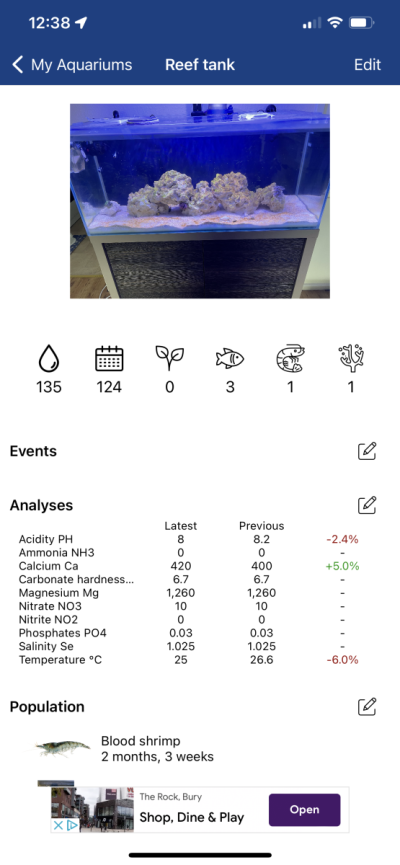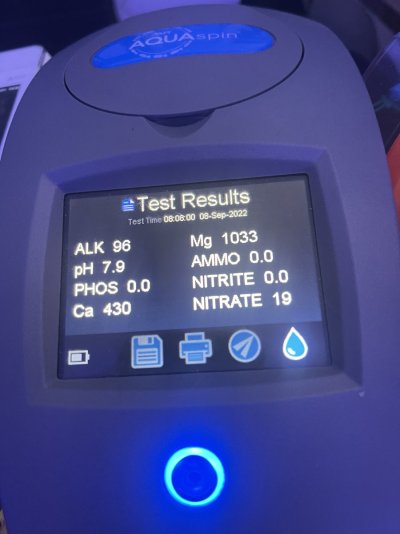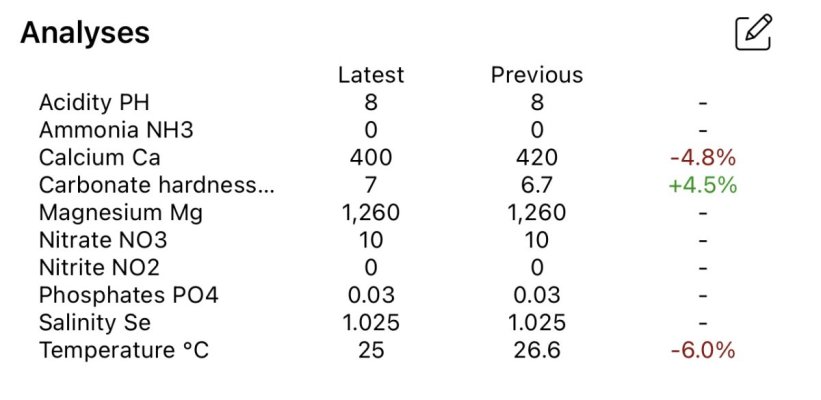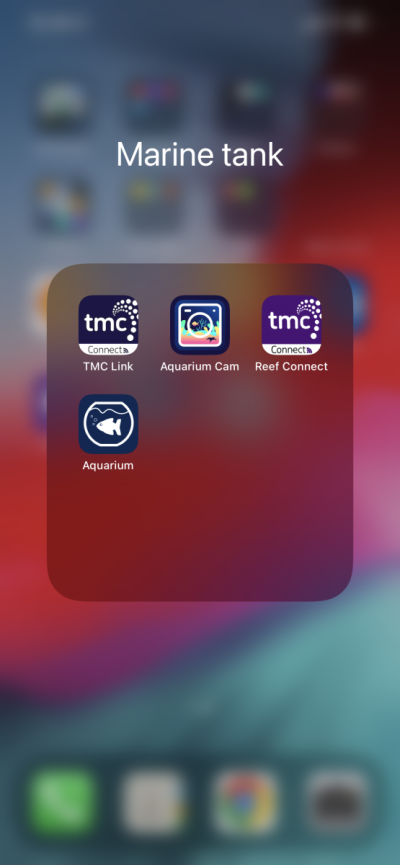Tank has been running for 4 and a bit months and the last week or so I’ve noticed small clumps in the sand. I have dinos in the tank that I’m keeping under control with manual removal but there are some bits in the sand. The KH in my tank has always been on the low side. Two weeks ago after advice from the LFS I did a 50 litre water change and added some atm colony and also started using my own water. My latest readings are:























